When we talk about furniture hardware, these are the usual components found in our homes and offices that usually go unnoticed. These components play very important role in our everyday lives because of the fact that these components help maintain and prevent any misalignment's or dis-assembly during use. Doors, tables, beds, televisions and much more home equipment rely on different furniture hardware not only to help maintain the aesthetic looks, but also to assure that everything will stay intact.
There are a lot of quality control standards for the various furniture hardware components. It is very important to follow the appropriate furniture hardware inspection processes to ensure that the safety standards for each component have been followed. To help narrow down the different furniture hardware components, we will classify them into their rightful categories:
There are a lot of quality control standards for the various furniture hardware components. It is very important to follow the appropriate furniture hardware inspection processes to ensure that the safety standards for each component have been followed. To help narrow down the different furniture hardware components, we will classify them into their rightful categories:
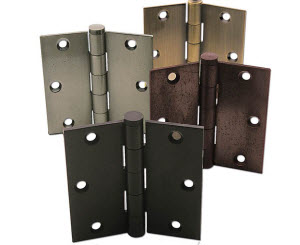
BEDROOM, LIVING ROOM & KITCHEN FURNITURE HARDWARE COMPONENTS
Most furniture hardware components in this category are mostly made of steel and ceramic materials from legs to bed posts. Here are some of the materials being used in these areas:
Bed Frame and Leg Inspections
The inspection process involves visual inspection, to ensure that there are no dents or any other known factory defects that usually take place during production; hands-on inspection to identify and categorize the components being used; and structural inspection to verify if the frame and legs of the bed would endure the testing processes.
Adjustable Leg, Sofa Leg, Table Leg and Kitchen Leg Inspections
The inspection process involves visual inspection to identify and inspect the different materials, components and locks, and as well as to verify if the different legs are ready for final inspection; internal inspection, where the item inspected will undergo a series of stability tests to verify if each leg has the same measurement in size and width; and hands-on inspection, to verify if each leg has passed the series of tests to ensure that the materials are ready for distribution.
Sofa Foot and Sofa Part Inspections
The inspection processes for these components are classified in their corresponding values. Each inspection covers visual inspection, to ensure that each part is functioning accordingly; internal inspection to identify and check the piece or pieces of the components to be used to ensure safe operation; and structural integrity inspection, where each part will be tested according to its value and will verify if each product specifications have been met.
CABINET, CLOSET, and DOOR COMPONENTS
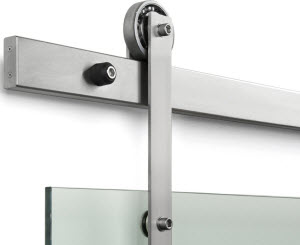
Hinges, Latches, Handles and Door Knob Assemblies
Each inspection process involved for these components is strictly enforced to ensure fewer issues during production. The inspection process for these components include: Visual inspection, where each item will be inspected after manufacturing for any misalignments, dents, cracks or any unusual lumps on the steel frame to ensure product reliability; internal inspection, where each item will be checked for its components (door knob assemblies) to ensure that each item has the appropriate tools for operation; and hands-on inspection, to properly assess the performance of each item to ensure that product is ready for final inspection and be lined in for production.
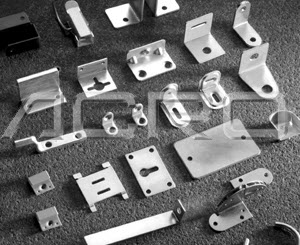
Locks, Keys, Covers and Accessories
Each inspection process involved for these accessories is manufactured to its finest standards to adhere to the quality guidelines set by different quality control standards all over the world. The inspection process to be taken for these accessories are visual inspection, where each item will undergo a physical check to ensure that there are no damages, misalignment's and anomalies that took place during production; internal inspection to ensure that each accessory has its proper components needed for operation; and structural integrity inspection, where each accessory will be tested for an extended period of time to ensure product reliability and effectiveness.
[sidebar name="case studies"]
Casters, Coasters and Toe Caps
Each inspection process involved for these accessories follows the safety and security standards set by different quality control facilities to ensure that each component should work accordingly. These components play a vital role on a furniture’s balance that is why there are a set of inspection processes to be taken which includes visual inspection, where each component will be checked for its dimensions, weight, size and width to ensure a standardized format for these components; internal inspection, where each accessory will be checked for its components to ensure that each item is ready for distribution; and structural integrity inspection, where each item will undergo a series of test to verify if the product is ready for distribution.
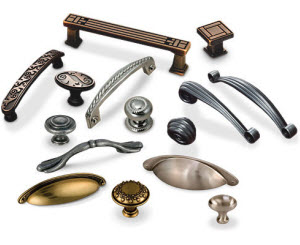
Bed and Mirror Accessories Inspection
The inspection process needed for these items varies under its price value. But the basic inspection processes for these items that fall under the set quality control guidelines are visual inspection, where each item will be checked for cracks, damages, dents, structural anomalies and factory defects to ensure that each accessory will be ready for use; suspension system inspection (for beds) to analyze pressure, springing system reactions and weight management and make the necessary adjustments to ensure the desired comfort and efficiency of the bed; internal inspection to check each component that partakes in the overall structure; and structural integrity inspection, where the item’s final product will be checked and tested to ensure that the item is ready for distribution.
GLASSWARE COMPONENTS
While there are other alternatives to glass furniture, a lot of people still prefer glass accessories in their homes due to its natural beauty and class. Here are some of the used components in this area:
Glass Bracket, Glass Clamp and Glass Fitting Inspections
The inspection processes involved with these items must be strictly followed as per ISO 4211:1979 quality control standard. The inspection processes to be used for the process are visual inspection, where each component will be physically inspected to ensure that there are no damages, dents, cracks or misalignments internal inspection, where each component will be checked for its mechanisms and nuts to ensure that everything is provided prior to distribution; and structural integrity inspection, where each item will be tested for its usual purpose to verify if item is ready for distribution and ensure a reliable and productive performance.
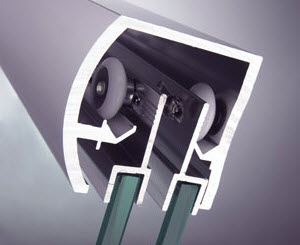
Glass Nip, Glass Stand, Glass Connector and Glass Holder Accessories Inspections
The inspection processes to be taken with these products varies on quality type, and materials and as well as the proposed value of the item. According to ISO 4211:1979 quality control standards, each glass accessory should be thoroughly inspected using these common methods: Visual inspection, where each item will be checked for any visible damages, for the glass stand, the item will be inspected for appropriate size and width; hands-on inspection, where each item will be tested for its appropriate use to verify if each item is ready for final inspection; internal inspection, where each accessory will be inspected for the appropriate components needed to ensure that items are packaged prior to distribution; and structural integrity inspection, where each accessory will undergo a series of test to ensure that the final product is ready for distribution.
MISCELLANEOUS COMPONENTS
These components can be found almost on every household. Shelf brackets, drawer slides, hooks and other common hardware furniture plays a vital role in every home or establishment that is why there are a certain set of inspection processes to be taken for these components:
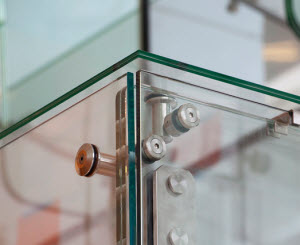
Hooks Inspections
Though these components may vary on size, weight and weight capacity, the inspection processes to be taken for these items all undergo these processes: visual inspection, where each item will be checked for any anomalies it terms of construction and surface to ensure that the item is ready for use; hands-on inspection, where each accessory will be tested to withstand the weight it was designed to contain to ensure product reliability; and structural integrity inspection, where each accessory will undergo a series of tests that ranges on different processes like weight capacity limit, breaking points and estimated lifespan to ensure proper awareness to consumers.
Shelf Brackets and Drawer Slides
The inspection processes needed for these components must undergo the inspection processes designed by several quality control standards all over the world. These inspection processes include: visual inspection, where each shelf bracket or other miscellaneous brackets produced in the same component will be checked for any damages, misalignments, and other anomalies that could affect the performance; and structural integrity inspection, where each item will undergo a series of tests to ensure that the accessories are ready for distribution.






